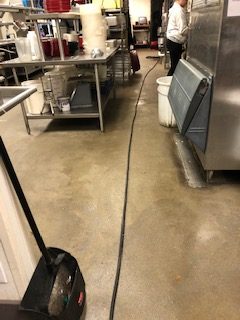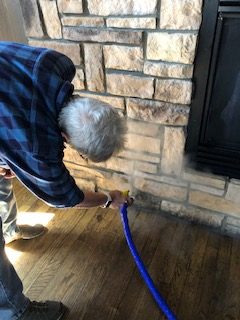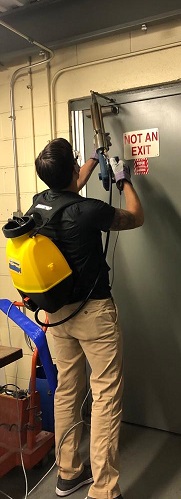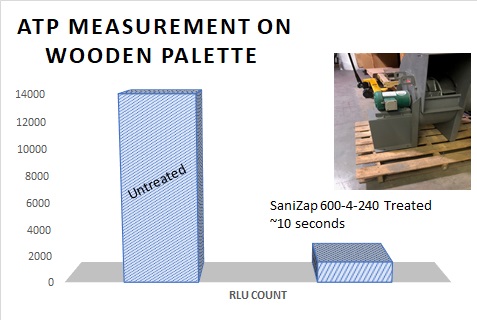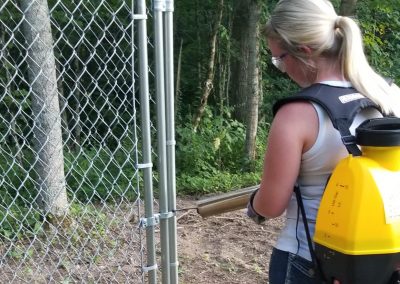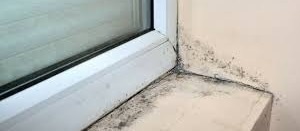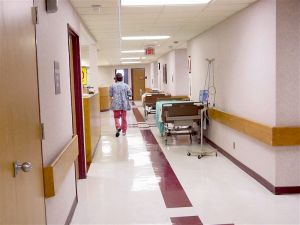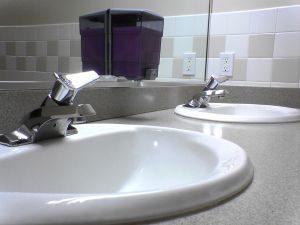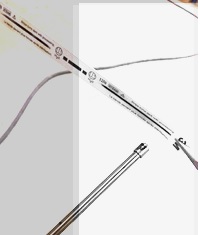HealthySurface®
What is Fungus? Fungus is any member of the group of eukaryotic organisms that includes microorganisms such as yeasts and molds, as well as the more familiar mushrooms.Mold is a fungus that grows in the form of multicellular filaments. Fungi that can adopt a single-celled growth habit are called yeasts. Fungi include black mold (Stachybotrys chartarum). Most fungi grow as hyphae, which are cylindrical, thread-like structures 2–10 micrometers (µm) in diameter and could be up to several centimetres (cm) in length. What are fungal spores? Fungal spores or mold spores are microscopic biological particles that allow fungi to be reproduced. When mold spores are present in abnormally high quantities, they can present especially hazardous health risks to humans after prolonged exposure, including allergic reactions or poisoning by mycotoxins, or causing fungal infection (mycosis). SaniZap them!
What is a Virus? Viruses are microscopic parasites, generally much smaller than bacteria. They lack the capacity to thrive and reproduce outside of a host body. Viruses have a reputation for being the cause of contagion. Their size is typically 50-120 nanaometers (nm). Viruses cannot survive on their own, so they invade ones body’s cells in order to multiply. Such invasion can kill, damage or alter cells, and make you sick
What is a biofilm? Biofilms are microbial communities that are tightly attached to surfaces – cannot be easily removed. Microorganisms may be protected from disinfectants by production of thick masses of cells or biofilms. Once these masses form, microbes within them can be resistant to disinfectants by multiple mechanisms, including physical characteristics of older biofilms, genotypic(al) variation of the bacteria, microbial production of neutralizing enzymes, and physiologic gradients of pH or other concentrations within the biofilm. Biofilms can range from a few microns to even millimeter sizes.
What are antibodies? Antibodies are specialized, Y-shaped proteins that bind like a lock-and-key to the body’s foreign invaders — whether they are viruses, bacteria, fungi or parasites. They are the search-battalion of the immune system’s search-and-destroy system, tasked with finding an enemy and marking it for destruction. Typically about 10 nanaometers.
Feed hay requires to be steam cleaned.
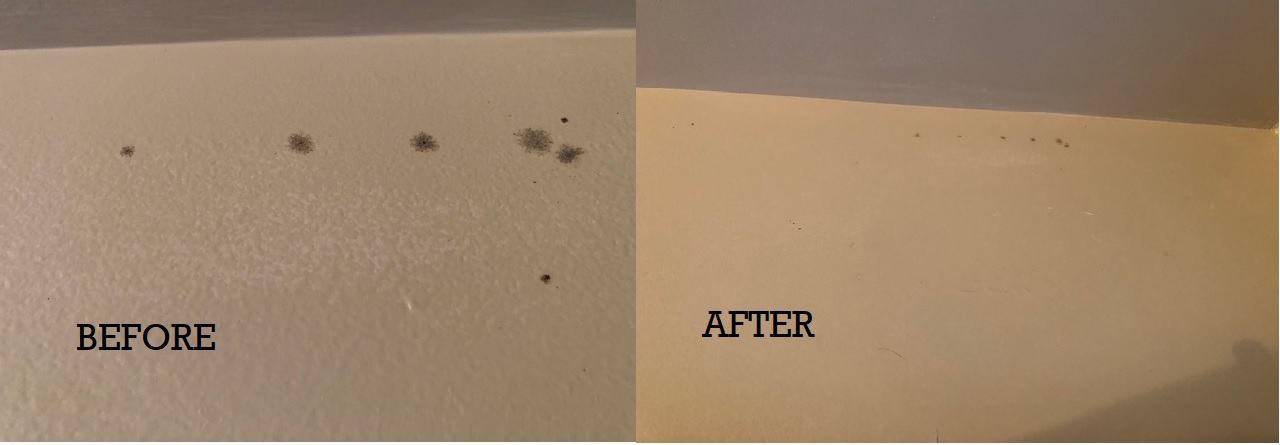

Clean Tech Solution for Antimicrobial, Dust and the Thickest Grime/Grease
Why is it important to clean the environment? Microorganisms (bacteria, fungi, viruses) are present throughout our environment and can cause infection. The environment can serve as a breeding ground for these organisms. Cleaning and disinfecting housekeeping surfaces and medical equipment, especially those that are frequently touched, is important to decrease and/ or prevent the spread of these organisms to people particularly if they are rapid acting pathogens.
What should I worry about when doing such cleaning? Cleaning is important. Having a regimen is important. Preventing the spread of toxic chemicals is important. If you are a restaurant, rental car agency or any other commercial business it is also important to know the speed of sanitizing. High temperature steam is one of the fastest methods.
Most nosocomial pathogens can persist on inanimate surfaces – for weeks or even months.
Why is steam a powerful cleaning agent?
More Steam cleaning studies and resources…..
Can the SaniZap® Products get rid of dust and dust mites? Yes this is a particular specialty of the SaniZap-600-4-240. Dust builds up throughout your home (offices, factories warehouses). The dust may contain substances that trigger asthma symptoms, such as wheezing or coughing, or another allergic reaction, such as the rash of atopic dermatitis or stuffy nose of allergic rhinitis. These substances are called allergens. Dust mites are another example of an allergen. Source: Controlling Dust, Dust Mites, and Other Allergens in Your Home | CS Mott Children’s Hospital | Michigan Medicine. Contact Bayzi for discussions of how powerful the SaniZap® product is for cleaning dust with MightySteam®. Testimonials.
How does one measure the hygienic quality or cleanliness of a surface? (Please click for measurement information).
HealthySurface® is a service in which surfaces are restored to, and maintained at, an original condition utilizing treatment provided by the superheated steam process and apparatus of SaniZap®. HealthySurface® provides the removal of foreign substances from objects and surfaces to initial conditions including cleanliness, texture, or scent. Cleanliness, as used here, may be defined as the removal of any content not initially present on a surface. Mighty steam is low oxygen above common inversion temperatures. A treatment provided by HealthySurface® will remove or reduce microbes when employed properly . However, repeated applications or other sanitation processes could be necessary to maintain these conditions on a more permanent basis. How long a microbe can live on a surface often depends on the microbe. There is no hard-and-fast rule for how long a virus can survive outside of a host (some published information is given below – see also news). The type of surface and environmental temperature and humidity all come into play. Deep-cleaning with SaniZap® is recommended particularly for reaching vegetative bacteria.
Please read below for reported information on virus residence on surfaces. Please note that technical and microbiological information is constantly evolving. Bayzi Corporation will continue to add to news as more information becomes commonly available.
Where do viruses and other microbes hide on surfaces
What causes bad odors on surfaces? Remove odor with steam – a quick method. (Please click for information).
Many have to do with bacteria. Several helpful chemicals including the use of the proper high temperature steam can help.
What is in a biocide (chemicals). Are they toxic? (Please click)
The key questions are: Are surfaces safe to touch? .. how often do we need to disinfect them?
The length of time that viruses can live on a surface and remain infectious varies greatly by pathogen. Some viruses like the Noro-Virus appears to linger for a long time, “The research into how long COVID-19 can survive on surfaces is new and ongoing. A March 13 study by researchers at the National Institutes of Health (NIH), the U.S. Centers for Disease Control and Prevention (CDC) and multiple universities compared the novel corona-virus (SARS-CoV-2) with SARS-CoV-1, the most closely related human corona-virus and the virus responsible for the 2003 epidemic. The non-peer-reviewed study found that the two viruses have similar viability in the environment, however, the study determined the novel corona-virus could survive up to three days on stainless steel and plastic surfaces. Survival on other surfaces was lower — just one day on cardboard and four hours on copper. The results indicated that novel corona-virus can live in the air for hours and on surfaces up to days” (source https://science.howstuffworks.com/life/cellular-microscopic/long-can-viruses-live-on-surfaces.htm). Although chemical cleaning (i.e. sanitizers and more potent chemicals) gets rid of germs one could introduce another set problem on the surface. For those who have kids and pets especially crawling ones, you’ll likely harm them when you use chemicals to sanitize and disinfect your floor specially if the concentration rises with timefor these chemicals.
What are the germiest spots on an airplane?
Corona-virus and how long does the virus stay on objects?
Typical Objects and Surfaces (source).
The virus could spread by touching an object or surface with virus present from an infected person, and then touching the mouth, nose or eyes. Much is still unknown here are examples with their sources listed. Bayzi has not independently verified the authenticity of the sources.
Surface contamination as observed in the study cited above [source]:
- Computer mouse (ICU 6/8, 75%; GW 1/5, 20%)
- Trash cans (ICU 3/5, 60%; GW 0/8)
- Sickbed handrails (ICU 6/14, 42.9%; GW 0/12)
- Doorknobs (GW 1/12, 8.3%)
- Catheters
76.5% of all personal items sampled at the University of Nebraska Medical Center (UNMC) were determined to be positive for SARS-CoV-2 [source]
Of these samples, 81.3% of the miscellaneous personal items were positive by PCR, which included:
- Exercise equipment
- Medical equipment (spirometer, pulse oximeter, nasal cannula)
- PC and iPads
- Reading glassesOther findings:
- Cellular phones (83.3% positive for viral RNA)
- Remote controls for in-room TVs (64.7% percent positive)
- Toilets (81.0% positive)
- Room surfaces (80.4% of all sampled)
- Bedside tables and bed rails (75.0%)
- Window ledges (81.8%)
Duration of contamination on objects and surfaces
Although the virus titer was greatly reduced, viable SARS-CoV-2 was measured for this length of time:
- Plastic: up to 2-3 days
- Stainless Steel: up to 2-3 days
- Cardboard: up to 1 day
- Copper: up to 4 hours
[source]
- STEAM SANITATION and DECONTAMINATION
- HOUSEHOLD CLEANING
- PEST CONTROL
- STEAM CLEANING STUDIES
- FOOD HANDLING/PROCESSING/SURFACES
- COMPARING PEST CONTROL METHODS
- KILLING BED BUGS ORGANICALLY
- BIRD DROPPINGS REMOVAL
- STEAM TREATING NOROVIRUS
- STEAM FACTS
- SAFETY INFORMATION
- SOIL AND PLANT CLEANING
- SANIZAP® TECHNOLOGY
- SANIZAP BLACK MOLD.
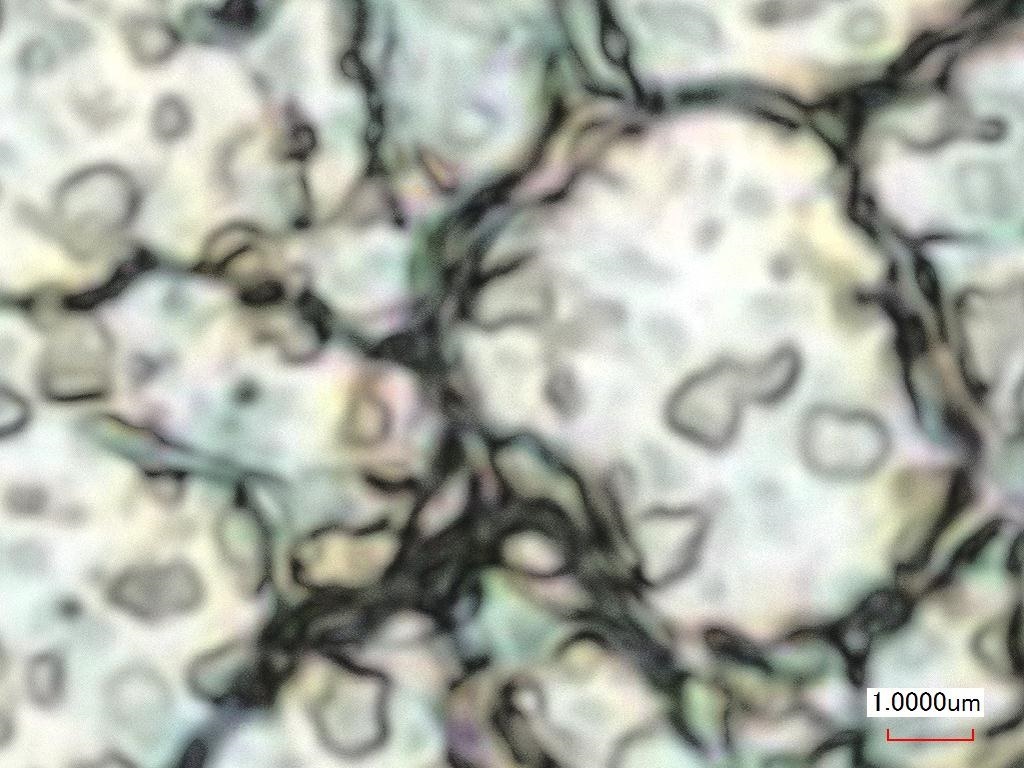
Is Steam one of the best Sterilization Methods?
High Temperature steam sterilization is a method that kills microorganisms quickly and efficiently. The high velocity of the SaniZap® can be used for cathetars. Without steam to quickly transport the high-enthalpy (heat), apparently it is difficult to fully penetrate microorganisms. Steam is one of the fastest, most efficient, cost-effective option available. Steam is just water gas. Therefore tends to be less problematic as any residue is simply water – does not spread/accumulate chemicals. Did you know that the new SaniZap® patented technology is a self-drying™ steam technology?
- Be Careful of disinfectants.
- Everyone expects a hospital to be clean. However, many traditional cleaning products, floor strippers, and disinfectants present a variety of human health and environmental concerns. They often contribute to poor indoor air quality and may contain chemicals that cause cancer, reproductive disorders, respiratory ailments (including occupational asthma), eye and skin irritation, central nervous system impairment, and other human health effects.
- Don’t spray disinfectants to kill coronavirus, WHO advises
- The worst pandemics in history
- Always, there is an pathogen which seems to be resistant to removal!
Facts about Stachybotrys chartarum (Black Mold)
(source: https://www.cdc.gov/mold/stachy.htm)
What is Stachybotrys chartarum? Stachybotrys chartarum is a greenish-black mold. It can grow on material with a high cellulose content, such as fiberboard, gypsum board, and paper. Growth occurs when there is moisture from water damage, water leaks, condensation, water infiltration, or flooding. Constant moisture is required for its growth. All molds should be treated the same with respect to potential health risks and removal.
Let’s Compare Steam with All Other Methods
Chemicals and UV present considerable dangers. These are well documented so can be easily searched on the web. The harm to humans is cumulative. Steam is the best solution as it is water based – so CLEAN by definition. However, it has to be the correct type of high temperature steam. This is the breakthrough technology that SaniZap® offers. The table here compares chemicals, low temperature carpet cleaning steam (vapor cleaners) and the SaniZap® antimicrobial steam.
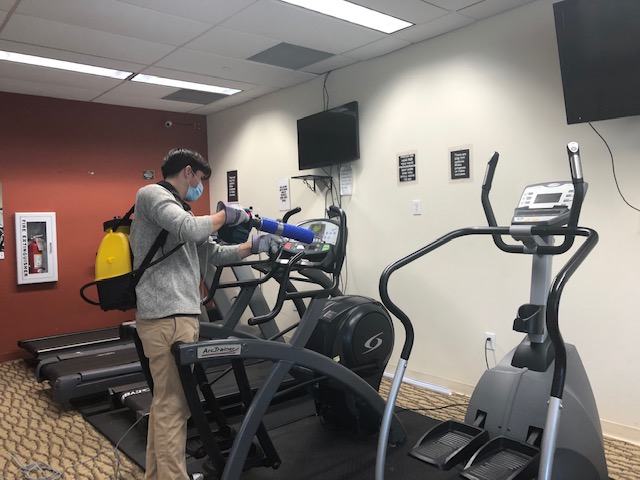
Have you considered high-temperature steam-clean as a crucial part of your regiment for recycling? This is particularly important for private label food and beverage offerings to retail grocery and food away from home type of customers across North America. Please contact us.
Although steam is a known antimicrobial agent, regular washing and cleaning could be continued following a steam treatment. Steam treatment is not a guarantee that any surface is wholly cleansed of microbes. However, it has been established that superheated steam itself could be the antimicrobial agent (has low oxygen). The efficacy of any surface cleaning treatment, including MightySteam® performed by the HealthySurface® service, could decay over time depending on the cleanliness of the surrounding environment and the nutrients present. So a cleaning schedule is recommended. Please contact Bayzi for any questions. Some further published comparisons for surfaces that offer antimicrobial functions, Antimicrobial and anti-corrosive efficacy of inorganic nano-porous surfaces. Please consider the high-temperature MightSteam® Jet, especially if it can help with a Clean-Up of bio-waste. How do various steam indicators work (technical).
Clean airports and lounges, vehicles like school bus, tractors and greasy forklifts, biotic and abiotic application enabler, general brick and paint, equipment in farms, construction, food, belts and conveyors, hoods, filters, swimming pool and wet areas. High steam exit velocity over 40m/s.
Can Air Conditioning or Coolers Spread COVID-19? There is some evidence so we ask that you consider steam cleaning the vents if the manufacturer allows.
AC units in your home, as well as air conditioning in your office, restaurant, gym, or other public spaces.Read here: https://apple.news/ASr-tFf8WQH-1Pv84p5W7sw

So many places to clean. Schools, hospitals, factories, OEM, MRO, HVAC, jails, oil and gas, refineries, theme parks, condominiums, pipeline, food-processing,
